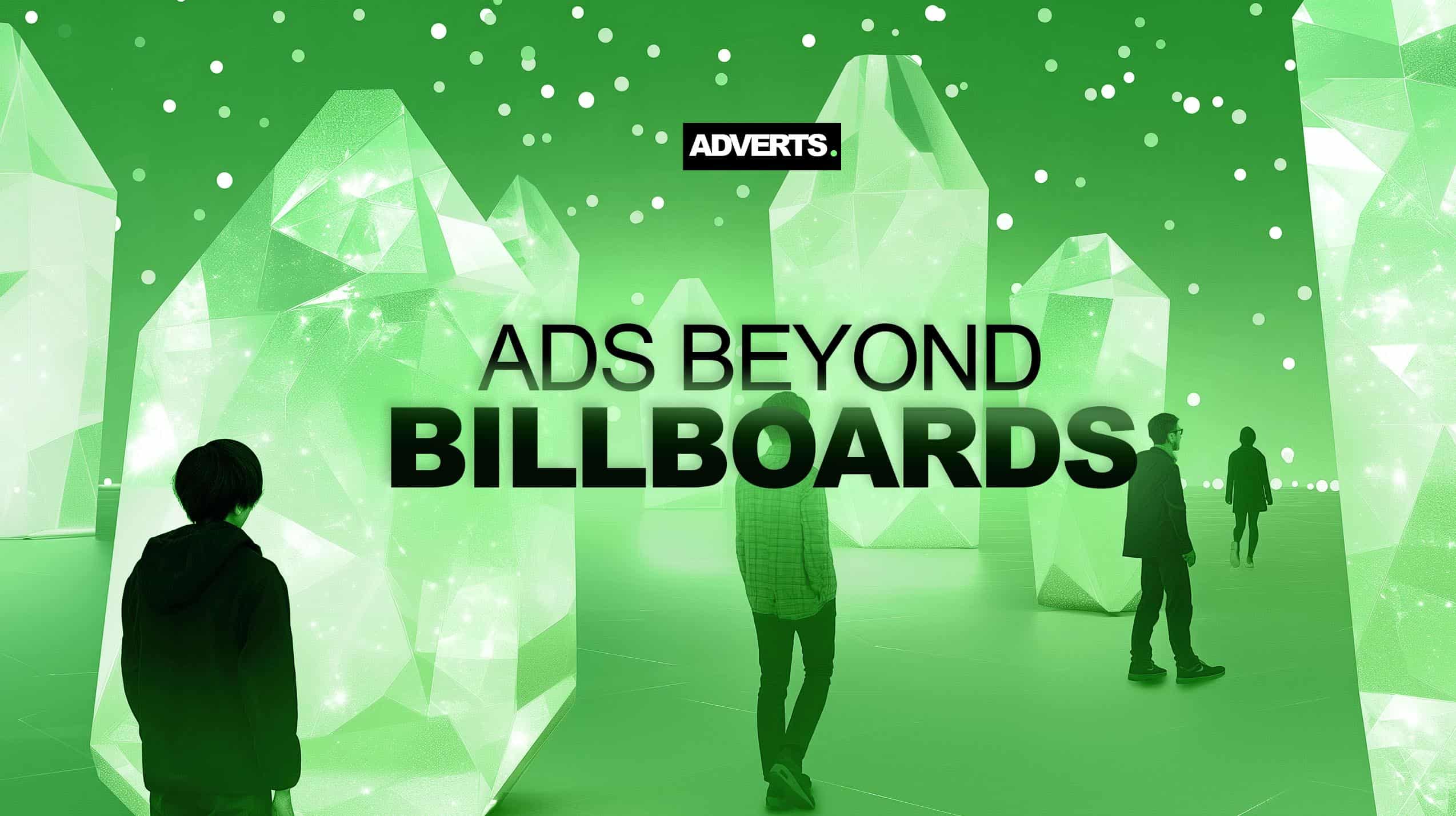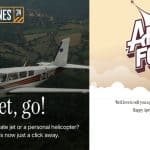Table of Contents

- Introduction: The Power of Interactive OOH Advertising
- Pepsi Max’s AR Bus Stop (London, UK) – When Reality and Fantasy Collide
- McDonald’s “Pick n’ Play” Billboard (Sweden) – Turning Ads into Games
- British Airways “Look Up” Billboard (London, UK) – The Ad That Knew the Sky
- Women’s Aid “Look at Me” Billboard (UK) – An Ad That Fights Back
- Nike’s Augmented Reality (AR) In-Store Experience – Bringing Digital to Retail
- Coca-Cola’s ‘Create Real Magic’ AI Campaign – AI Meets DOOH Creativity
- Conclusion: The Future of Interactive DOOH
1. Introduction: The Power of Interactive OOH Advertising
Outdoor advertising (OOH) is no longer just about static billboards. With the rise of Digital Out-of-Home (DOOH) and interactive technology, brands are pushing boundaries, making ads that engage, entertain, and even respond to the audience. From augmented reality (AR) experiences to AI-driven creativity, interactive OOH campaigns are revolutionizing how brands connect with people in public spaces.
Here are five mind-blowing interactive outdoor ad campaigns that prove creativity and technology make the perfect marketing duo.
2. Pepsi Max’s AR Bus Stop (London, UK) – When Reality and Fantasy Collide
Pepsi Max took Augmented Reality (AR) to the streets of London with a bus stop ad that freaked people out—in a good way.
What Happened?
At first glance, it looked like a regular bus stop with a transparent glass panel. But as people waited, the screen suddenly showed:
✅ A tiger running toward them
✅ A UFO abducting pedestrians
✅ A giant robot smashing through the street
Why It Worked?
Shock Value – It created an element of surprise that went viral.
Immersive Experience – It made people feel part of the ad.
Social Media Buzz – Videos of people’s reactions exploded online, generating millions of views.
3. McDonald’s “Pick n’ Play” Billboard (Sweden) – Turning Ads into Games
McDonald’s turned a digital billboard into an interactive mobile game that gave real-world rewards.
What Happened?
- A digital Pong-like game appeared on an interactive billboard.
- Passersby could connect via their smartphones, using them as controllers.
- If they won, they received a free McDonald’s meal coupon sent straight to their phone.
Why It Worked?
Gamification – Turning ads into fun experiences increases engagement.
Instant Gratification – People got real rewards for interacting.
Brand Loyalty – McDonald’s reinforced a fun and positive association with their brand.
4. British Airways “Look Up” Billboard (London, UK) – The Ad That Knew the Sky
British Airways used real-time flight tracking to create a DOOH campaign that pointed at actual planes in the sky.
What Happened?
- A digital billboard in Piccadilly Circus showed a child pointing at the sky whenever a British Airways flight flew overhead.
- The screen displayed live flight details (e.g., “Flight BA475 from Barcelona”).
Why It Worked?
Personalized Engagement – The ad responded in real-time to real-world events.
Curiosity & Intrigue – Passersby were fascinated by the ad’s accuracy and innovation.
Strong Branding – It reinforced British Airways as a leader in aviation with smart tech integration.
5. Women’s Aid “Look at Me” Billboard (UK) – An Ad That Fights Back
This was not just an ad—it was a powerful message against domestic violence.
What Happened?
- A billboard featured an image of a bruised woman.
- Facial recognition technology detected when people looked at the ad.
- The more people looked, the faster the bruises on the woman’s face disappeared.
Why It Worked?
Interactive & Emotional Impact – Encouraged audience participation in a meaningful way.
Social Cause Awareness – Made a strong statement about taking action against abuse.
Tech for Good – Used facial recognition for a social message, not just marketing.
6. Nike’s Augmented Reality (AR) In-Store Experience – Bringing Digital to Retail
Nike blurred the lines between outdoor ads and in-store experiences with AR-powered shopping.
What Happened?
- Nike transformed its NYC store into an AR adventure for shoppers.
- Visitors could use their phones to interact with digital wildlife and animated stories.
- They could also unlock exclusive Nike content by scanning QR codes placed around the store.
Why It Worked?
Retailtainment – Combined shopping + entertainment to increase dwell time.
Bridging Online & Offline – Encouraged users to use mobile devices in-store.
Exclusive Digital Content – Gave shoppers a reason to visit Nike stores physically.
7. Coca-Cola’s ‘Create Real Magic’ AI Campaign – AI Meets DOOH Creativity
Coca-Cola leveraged AI + DOOH to let fans create their own personalized Coca-Cola ads.
What Happened?
- AI-powered design tools allowed people to generate unique artwork using Coca-Cola branding elements.
- The best submissions were featured on digital billboards in Times Square & Piccadilly Circus.
Why It Worked?
User-Generated Content – Made the audience part of the campaign.
AI-Driven Creativity – Showcased the power of AI in advertising.
Massive Reach – Featured global digital billboards to maximize exposure.
8. Conclusion: The Future of Interactive DOOH
These campaigns prove that interactive OOH advertising isn’t just about placing ads in public spaces—it’s about engaging people, sparking emotions, and making them a part of the experience.
As AR, AI, and real-time data continue evolving, brands that push the boundaries of DOOH creativity will dominate the advertising landscape.


